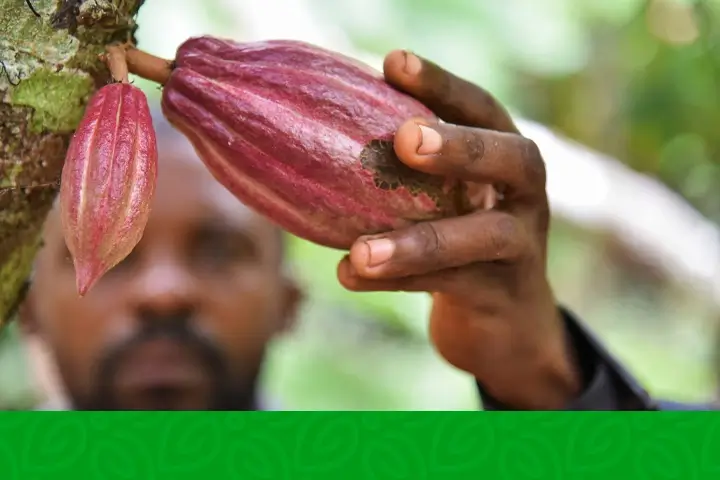
Cameroon’s cocoa sector, a cornerstone of its economy and a source of livelihood for countless farmers, finds itself at a crossroads. The recent 11.2% year-on-year decline in cocoa production during the 2022-2023 season, as reported by the National Cocoa Coffee Council (ONCC), has cast a shadow over the industry. In this article, we delve into the factors contributing to this alarming drop, the repercussions on both local and international scales, and the glimmers of hope amidst these challenges.
Understanding the Decline:
Several key factors have converged to create the perfect storm that resulted in the decline of cocoa production in Cameroon:
- Vegetative Rest Period: Cocoa farming experiences natural fluctuations due to vegetative rest periods. This phenomenon, often overlooked, played a significant role in the reduced output.
- Climate Change: The adverse effects of climate change have wreaked havoc on cocoa farming, leading to lower yields. Unpredictable weather patterns and extreme conditions have become the new norm.
- Security Concerns: The security situation in the Northwest and Southwest production basins has disrupted the supply chain, limiting access to farms and affecting production.
- Rising Input Costs: The conflict in Ukraine and illegal exports to neighboring Nigeria have contributed to the escalating costs of agricultural inputs, putting additional pressure on farmers.
Cocoa Exports Hit Hard:
The decline in production has naturally translated into a significant drop in cocoa exports. In the 2022-2023 season, Cameroon exported 186,754 tons of cocoa beans, marking an 18.4% decrease from the previous year. This drop can be partially attributed to the implementation of the 2023 Finance Act, introducing a 10% exit duty on the FOB value, thereby increasing the export cost per kilogram.
Positive Developments Amidst the Challenges:
While challenges persist, there are encouraging signs within the cocoa sector:
- Local Processing: Local cocoa processors, both industries and artisanal units, processed 89,204 tons of beans during the campaign, marking a 2.7% increase compared to the previous year. The entry of new players like Africa Processing is fostering growth.
- Producer Prices: Despite the downturn, producer prices are showing resilience. The maximum price reached US$2.6 per kilogram, representing a 14.7% increase from the previous year. The minimum average price remained stable at US$1.35 per kilogram.
Ghana’s Positive Outlook:
In a related development, the Ghana Civil-Society Cocoa Platform (GCCP) forecasts a substantial increase in farm-gate cocoa prices for the 2023/2024 cocoa season. This projection, set at no less than US$3,753.60 per tonne of cocoa beans, takes into account international market dynamics and high inflation affecting cocoa farmers.
However, Ghana faces challenges of its own, notably cocoa smuggling to neighboring countries such as Togo, where farmers are offered higher prices. The GCCP is urging regional cooperation to achieve parity in cocoa pricing and curb smuggling. Additionally, concerns over the sale of cocoa farms to illegal miners highlight the need to make the cocoa sector more competitive and rewarding for farmers.
Conclusion:
Cameroon’s cocoa sector is navigating turbulent waters, but it is not without hope. As the industry confronts climatic challenges, security issues, and economic pressures, the resilience of local processing and stable producer prices offer a glimmer of optimism. Collaborative efforts within the region, as exemplified by Ghana’s proactive measures, could pave the way for a brighter future for cocoa farmers in Cameroon and beyond.
Stay updated with the latest farming tips and agriculture industry news from Africa by subscribing to our newsletter. Don’t miss out on valuable insights and updates. Follow us on Twitter, LinkedIn, and Facebook to join our farming community and stay connected with us.



















